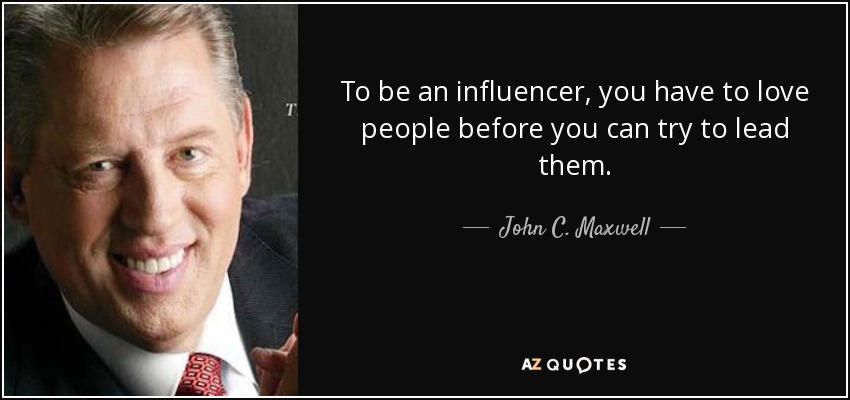I was recently conducting a workshop on digital marketing and while we were just at Instagram 101, some of the first few questions that I was asked were –
How to earn money from my Instagram page?
How to make brands pay me?
We have heard brands pay thousands of rupees for just one Insta post, how do we get such deals?
I want to be an influencer, as social media influencers make lots of money by just posting a photo or writing few lines.
This from an audience who was just starting with Instagram and other social channels!
Quick money attracts anyone and the idea of being paid thousands for just writing few lines on Insta or blog sounds very lucrative but in reality, it’s far from true.
Influencer marketing like any other channel of marketing requires some serious time and effort and unless you build your reach, credibility, and authority, there is no way you can establish yourself as a marketing channel.
To add to that, in this age of content clutter and media overload, it’s extremely difficult to cut through the noise and stand out in the crowd. I am no influencer on Instagram or elsewhere, so I don’t think I can give sure shot insights on how to be an influencer but I have been on the other side of the table for almost 15 years now – hiring endorsers, brand advocates, and influencers for all the brands that I have worked with till now. So, I can definitely give some insight on what all I look for when I engage with influencers for my brands.
1. Relevance: For me, this is one of the top criteria while engaging with an influencer. There are enough debates around reach vs relevance but in my personal experience, the subject matter credibility and relevance of influencer’s target audience matter a lot. Think of a juice brand being promoted by a food blogger or fitness expert vs. a travel blogger? Juice is a category that has a possibility of being consumed by almost any kind of audience but as a follower, your perception towards receiving a recommendation for a juice brand by a fitness expert will be different than from a travel blogger.
2. Reach: Of course reach is very important, no marketing channel can survive without sufficient reach but reach doesn’t mean only a very high number of followers. Reach is also a lot about engagement and interactions per post. For e.g., I definitely do a quick check on the quality of interactions on influencer’s last ten sponsored posts as one of the parameters to evaluate the effectiveness of the promoted content by the influencer.
3. Persona: Your brand has a persona and it’s extremely important to find influencers whose personas resonate with your brand. From the tone of voice to the type of content – it helps if influencers persona is aligned with the brand. While this sounds very simple but in reality, it’s quite a task to find the right fit. For a long time, I have been working for a photography brand. Now photography is a category, where almost anyone and everyone thinks he/she is an influencer. In this age of easy access to high-end cameras and millions of editing apps, it actually takes a few seconds to create gorgeous photos for your Insta feed. But I have observed it many times that just the ability to click perfect shots or having a large number of followers doesn’t necessarily translate to being an effective influencer for a photography brand. Sometimes the tonality doesn’t suit our brand and sometimes the quality of content. Finally, this is also a marketing channel and like any other marketing initiative, it’s important to have consistent brand persona while engaging with influencers too.
4. Content: The ability of influencer to create unique and authentic content is something very, very important for me. Influencer marketing is not only about promoting brand content as it is, but it’s a lot about engaging users with original content that’s relevant for brands as well as interesting for the audience. The more genuine the content would be with Influencer’s natural tone of voice, the more audience will trust. Influencer’s ability to create interesting content is a huge value ad to brand’s social media repository of user-generated content. There are many examples to highlight the same but one of the recent brands that I noticed doing it efficiently is Epigamia Yogurt. Many food bloggers participated in this campaign and they created beautiful Yogurt Art using Epigamia products and posted it on Instagram with hashtag #yogArt . Not only followers like me came to know of all the new flavors of Epigamia but we also got to know of many interesting ways this yogurt can be used in our day to day meals. And the best that I observed as a marketer was the gorgeous Insta feed of Epigamia – full of super creative user-generated photos using Epigamia products that would have otherwise taken huge time and investment for the brand to create! I know there are many brands who have created success stories like Epigamia but we also know of cases, like that of a recent mobile launch in India where almost all endorsers, celebrities, and influencers posted the same type of content on their social feed including the one where the influencer was praising the picture quality of this android phone but the picture was posted from an iOS :-).
5. Connect: The term “influencer” by definition is a person who has the ability to influence the behavior or opinions of others and it can only happen if the influencer shares a certain kind of relationship and connect with his / her audience. It’s important to evaluate the return visitors, comments, and quality of interaction between the influencers with their followers. And as far as authentic connect is concerned, there is no way one can do it through any shortcut, it has to be human and it has to be personal.
These are just some of the parameters that I take into consideration. I am sure others have some more parameters as well. In nutshell, it takes a whole lot of effort to be an influencer with credibility after whom brands run with a fat cheque. At least I haven’t met any real-life influencer yet who became an overnight success through quick hacks or digital bot programs :-).












Recent Comments